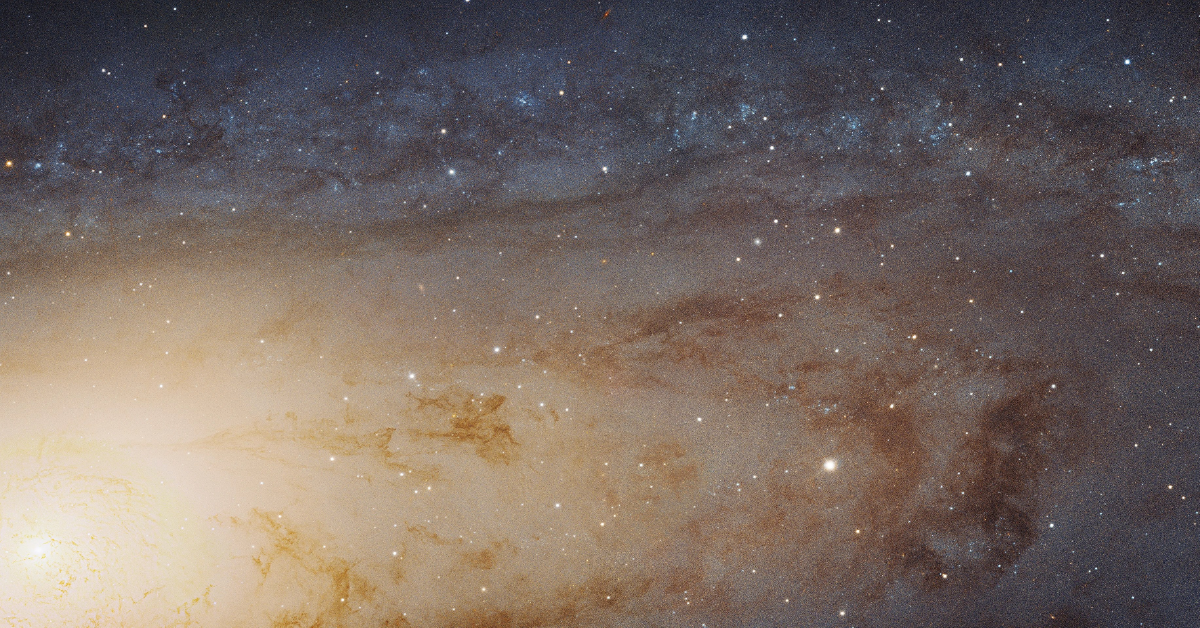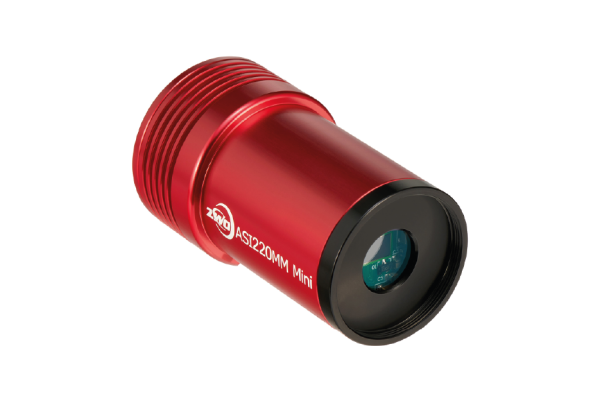The night sky changes with the seasons. What rises in the autumn horizon is different from the summer sky at midnight. For astrophotographers, this means each part of the year offers fresh opportunities – from glowing nebulae and sparkling star clusters to galaxies and planetary tracks. By syncing your gear with the seasonal sky, you can capture a range of objects that highlight the best of each time of year.
This guide offers a clear view of the year ahead, with seasonal tables to help you choose targets for your level and equipment.
Autumn Sky Targets
Autumn nights bring longer darkness and steady seeing. It is a season of nearby galaxies and sharp clusters.
| Object | Type | Constellation |
|---|---|---|
| Andromeda Galaxy (M31) | Galaxy | Andromeda |
| Triangulum Galaxy (M33) | Galaxy | Triangulum |
| Pleiades (M45) | Open cluster | Taurus |
| Double Cluster (NGC 869/884) | Open cluster | Perseus |
| Pacman Nebula (NGC 281) | Emission nebula | Cassiopeia |
These are perfect for camera-and-lens setups, star trackers, or small refractors.
Winter Wonders
Winter offers the most iconic targets in northern skies. The Orion region dominates with colour and contrast.
| Object | Type | Constellation |
|---|---|---|
| Orion Nebula (M42) | Emission nebula | Orion |
| Horsehead Nebula | Dark nebula | Orion |
| Rosette Nebula (NGC 2237) | Emission nebula | Monoceros |
| Flame Nebula (NGC 2024) | Emission nebula | Orion |
| Beehive Cluster (M44) | Open cluster | Cancer |
Use hydrogen-alpha filters, narrowband imaging, or simply longer exposures to reveal structure and tone.
Spring Galaxy Season
In spring, the Milky Way fades and galaxy groups come into view. A great time to practise longer imaging runs and stacking.
| Object | Type | Constellation |
|---|---|---|
| Whirlpool Galaxy (M51) | Galaxy | Canes Venatici |
| Bode’s Galaxy (M81) | Galaxy | Ursa Major |
| Cigar Galaxy (M82) | Galaxy | Ursa Major |
| Leo Triplet (M65, M66, NGC 3628) | Galaxy group | Leo |
| Sombrero Galaxy (M104) | Galaxy | Virgo |
These targets suit refractors with field flatteners, and longer focal lengths around 400–800 mm.
Summer Delights
Summer skies bring the core of the Milky Way into view – glowing with dust clouds, star-forming regions and emission nebulae.
| Object | Type | Constellation |
|---|---|---|
| Lagoon Nebula (M8) | Emission nebula | Sagittarius |
| Trifid Nebula (M20) | Emission/Reflection | Sagittarius |
| Eagle Nebula (M16) | Emission nebula | Serpens |
| Omega Nebula (M17) | Emission nebula | Sagittarius |
| North America Nebula (NGC 7000) | Emission nebula | Cygnus |
Wide-field imaging with a 135 mm lens, duo-narrowband filter, or star tracker can bring these to life.
How To Plan Around The Seasons
Each season offers more than just new objects. Consider:
- Length of night – Winter gives the longest sessions, but summer offers warm, dry air.
- Altitude of targets – Aim for objects that rise above 30–40° to reduce atmospheric distortion.
- Moon phase – Match your target to the moon. Galaxies and faint nebulae need dark skies. Clusters and bright nebulae tolerate some moonlight.
- Time of night – Use apps like Stellarium, Telescopius, or Sky Guide to know when objects transit (reach their highest point).
Final Thoughts: Let The Sky Set Your Pace
Astrophotography is not a race to capture everything. It is a quiet rhythm that follows the turning of the sky. By focusing on seasonal targets, you give yourself the space to improve your techniques, deepen your connection with each object, and build a year-long collection of your own.
There is no rush. Take your time. The sky comes back around – and each season brings new light.




